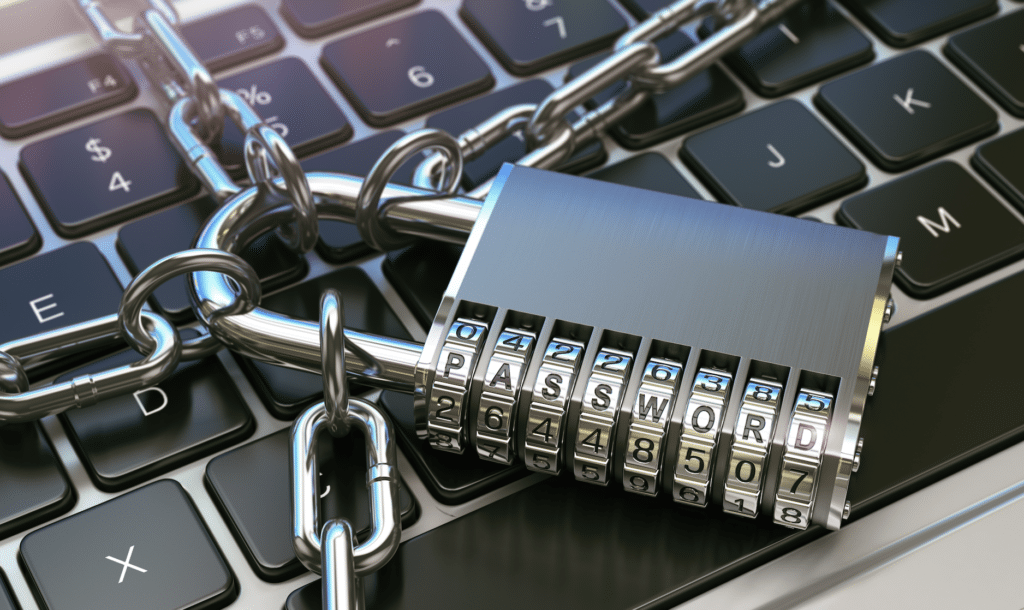No one can deny that data backups are urgently needed. Especially people who work a lot on the computer and store important documents there should back up your data regularly create. But not every medium is suitable for archiving data for a longer period of time: USB stick, SD card and external hard drive each have different levels of security.
For the sake of security: Do not use cloud storage!
Cloud storage seems like an effective choice to store data in the age of digitization. Uploading a document to the cloud is incredibly easy and convenient. Above all, it is inexpensive. Because online providers such as Google Drive, iCloud and Amazon provide storage services for little or no money. Trustworthy people therefore often turn to the cloud when they want to store data.
Still, cloud storage is the exact opposite of a good solution. On the one hand there is the safety factor: Despite everyone Encryption the data is still on a third-party storage medium and is only as secure as the provider makes it. In addition, their retrievability depends on the Internet connection. DSL in particular often only has very low upload speeds. And if the selected service or the Internet fails completely, the stored data can no longer be accessed either.
Compact but insecure: CDs and USB sticks
USB flash drives seem like the perfect medium for data backup. The transfer of data takes place at an excellent speed, thanks to the compact size, the memory can be taken anywhere. The USB stick is quite insensitive to environmental influences, it can sometimes fall down or get a squirt of juice.
However, the small size can be a disadvantage: the more frequently the USB stick is transported, the easier it is to lose it. Encryption is not possible on most sticks, so that any finder can access the stored data. In addition, data from the flash memory used in USB sticks can be lost forever and is not recoverable.
Also, the CD or DVD that was commonly used in the past is not as suitable for data archiving as one might think. It is true that a BD-R HTL that can be written to once can last for 100 years if it is stored correctly. However, it is extremely sensitive and can give up the ghost with just a few scratches. In addition, both CDs and USB sticks usually do not have enough storage space for a complete backup of a hard disk. Even the high transmission rates are no longer of any use.
SD and SSD as sensible options for data archiving
SD card originally comes from storing photos and videos. Notebooks or computers that offer a suitable expansion slot can be provided with additional storage capacity using an SD card. The transmission speed here is similar to that of other modern storage media.
SD cards are not usually exchanged between different end devices. As a result, there is only a very small risk of damage or even loss, as would occur with a USB stick. The SD card can last around thirty years with reasonable usage.
A particularly high speed at the Data transmission from the hard drive to the storage medium offer solid state discs. Most people are now familiar with them under the abbreviation SSD. At an external SSD is a NAND flash memory into which the data is written.
Since NAND technology is still relatively new, it is difficult to calculate how long an SSD can survive. Experts estimate ten to twenty years if the disc is taken out of service and stored correctly, but they can also make a mistake. But one thing is clear: The SSD does not contain any mechanics that could fail or break due to falls and is therefore quite resistant.
The safest option: external hard drives
The external hard drive is the most commonly used medium for data backups and is therefore still a classic. A mechanical hard disk (HDD) consists of several non-contact magnetized disks. Storage volumes of up to 10 terabytes and very fast transfer rates are now possible. The recovery of lost data is also comparatively easy on external hard drives.
Large amounts of data can be stored on HDDs for a limited time. With the right storage, an external hard drive that has been taken out of service can easily survive a decade or two. After that, the magnetic components become unusable and the stored data are lost. If you want to be on the safe side, you should update the data on the external hard drive every two to three years.
Heat, humidity and magnetic fields can greatly reduce the life expectancy of a hard drive. Due to its mechanics, it is also quite prone to falls. For this reason it is recommended to always have two or even three external hard drives to be created with the same data set. This is also known as the "golden rule of three". Before storage should be on all hard drives installed write protection to additionally secure the data.
Conclusion
Many storage media are actually unsuitable for data archiving. Cloud storage is not trustworthy, USB sticks can get lost and CDs are too sensitive. Ultimately, external hard drives are the most sensible and safest. They are suitable for large amounts of storage within a limited period of time and lost data can be easily recovered. SD cards and SSDs are also effective storage options.








